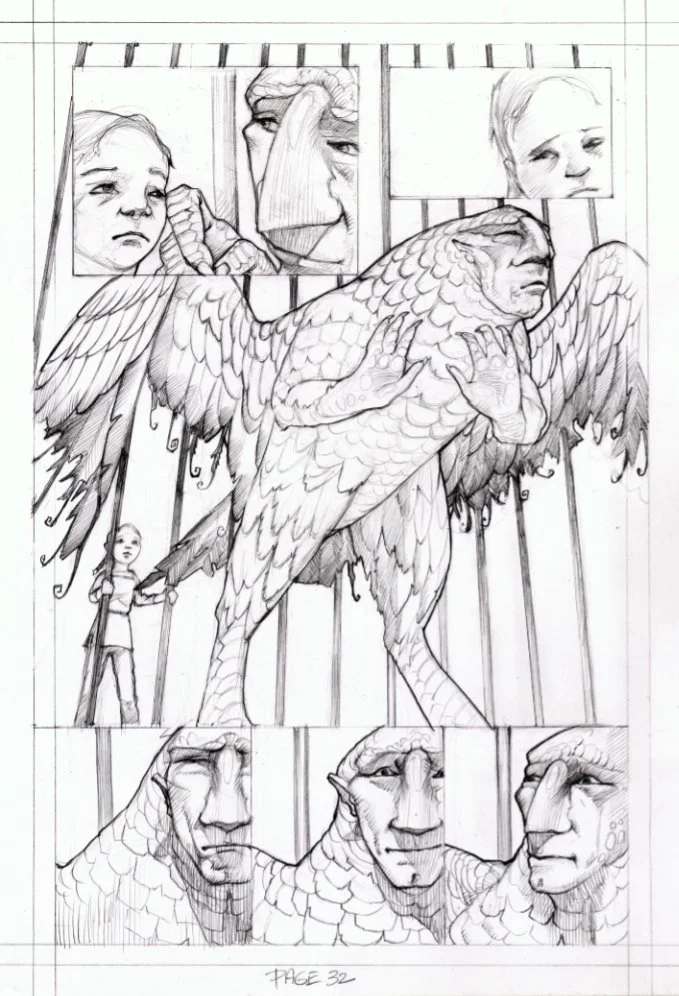I’ve done only one graphic novel. It was 104 pages long.
It was available on ComiXology for a number of years, but alas, this volume 1 of Lost in Dreams: A Father’s Love is, sadly, no longer sold anywhere.
In the 2 years (nearly) it took me to complete it, I learned that while I had a great deal of fun (and really became proficient at Photoshop), I wouldn’t (probably?) do another one. At least that’s what I say now. Never say never?
My favorite part of the project was designing the drawings for the pages. Drawing was and is my favorite part of any artmaking process. What I learned here specifically was how to use the division of the page as a way to slow down or speed up the perception of time for the reader. The author, playwright Guy Hasson (New Worlds Comics), did a fabulous job of art directing me so I’d understand how it all worked visually. It was a wonderful lesson in how the artist’s visual storytelling in a graphic novel is akin to what a cinematographer does for a movie. Guy was the Director and understands his craft exceedingly well. I’m grateful for the opportunity to have learned this aspect of visual storytelling from him.
During this period of time I leaned hard on a few books by Scott McCloud (Understanding Comics) and Will Eisner (Comics and Sequential Art: Principles and Practices) to fill in many of the blanks. I had so many questions about how to depict the characters with most emotional impact. Perspective, “camera” angles, lighting, all useful strategies for propelling the story and these books were a treasure trove of information.
The inking was also a lot of fun…
Page 30.
The pages moved faster along with the color work… stretching my capacities for digital painting— something I hadn’t learned before tackling this book. When I agreed to take on the project, I had no PS experience and no drawing tablet. I took a deep breath and jumped. Free-falling is what it’s called, I think.
The next step was to add the vectored speech bubbles and the dialogue in various fonts, page numbers, etc. Certain pages of “the real world” had dragon motifs encircling the frames and these had to be repeated.
Some of the pages were very dialog-heavy, but the crowded speech bubbles work to convey the way children tend to ask questions in rapid-fire.
104 pages was a daring number of pages to complete, but in the end I’m glad that I took on the job. I’ve got an entire book of sequential art set to a story to show for it— plus the digital work experience which I was able to parlay into my other freelance work.
Did you ever just take on a daunting task because you knew it would be a great learning experience? Let me know in the comments. :)



